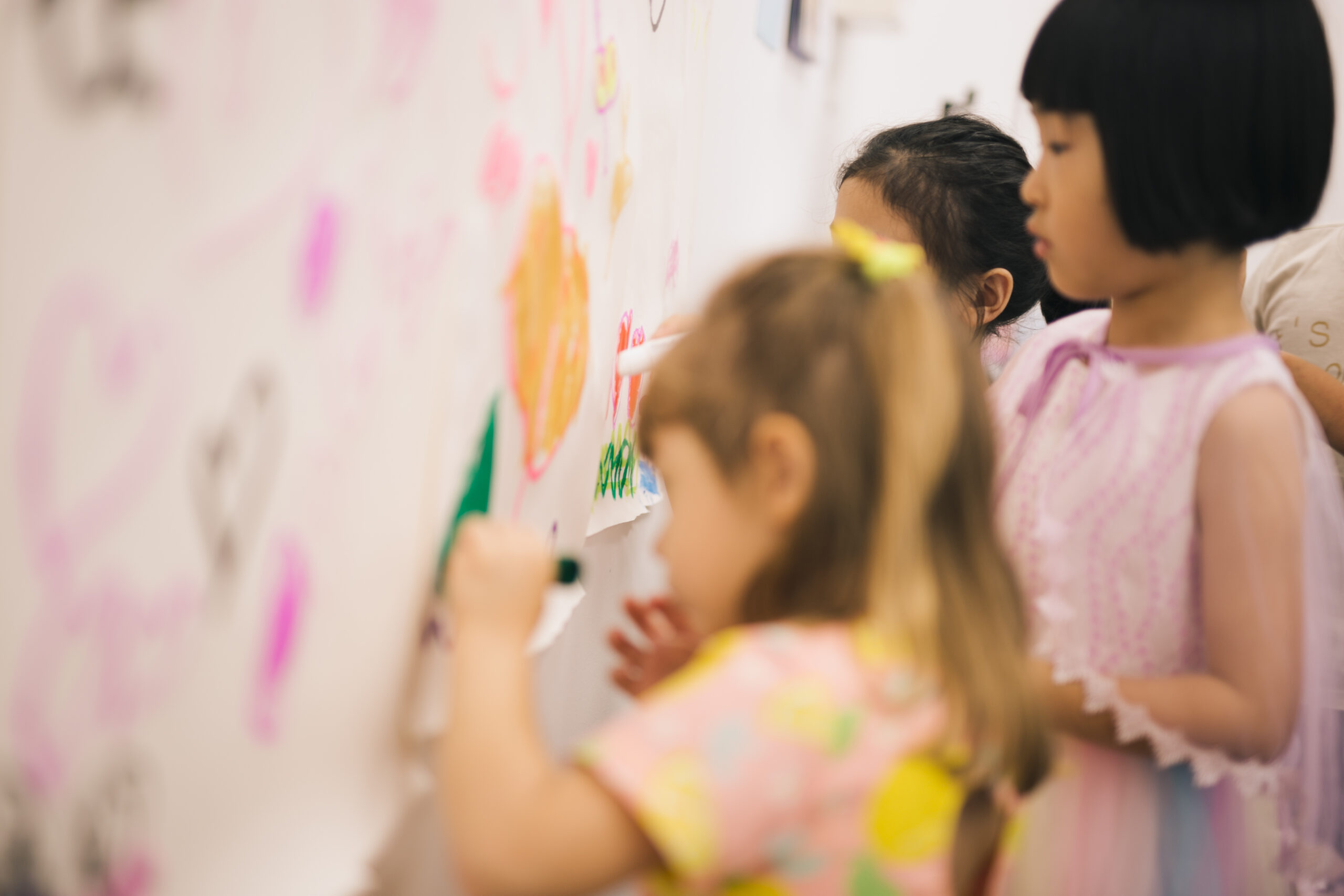By Celine Lowe Pascual & Dr Rosemary Hodges How do you know if your child is making progress in speech therapy? At Word Stars, our therapy is guided by a therapy plan. In the therapy plan, we outline goal/s and how we will measure your child’s progress towards these goals. In this blog, we take a closer look at how we measure progress in our unique and popular service offering, our ‘School Holiday Speech Intensive’. What is our School Holiday Speech Intensive? Our School Holiday Speech Intensive involves an intensive block of 8-10 speech pathology sessions completed over a two week period. We work on one or two specific speech production goals using a tailored approach to therapy. Identifying the Goals Before starting the school holiday speech intensive, your child attends a planning session. In this session, we identify a specific goal or two. After the planning session, we start developing the resources to evaluate your child’s progress towards their goal as well as bespoke therapy materials. Here are two examples of specific goals from past speech intensive clients (pseudonyms have been used): Tracey will be able to say the /s/ sound across all word positions at sentence level with 80% accuracy. Mawan will be able to produce CVC words with the final consonant to 80% accuracy. Identifying the Therapy Approach It is important that the right approach to therapy is used to get the best outcomes for your child. After the planning session, the therapist will identify the most suitable therapy approach. Some things we consider when choosing the therapy approach include: The nature of your child’s speech difficulty and what the research tells us about the most suitable approach/es for this type of difficulty Information about your child’s attention and behaviour gathered from you (parent report), from direct observation, and from their usual speech therapist (if they have one) Your child’s interests These things are important to consider as improving your child’s speech accuracy takes a herculean effort! Our therapists often try to get between 60 to 100 productions of therapy words during each session! Measuring the ProgressAt the start of the intensive, we take the time to conduct a ‘probe’ of the therapy words plus other words that we hope will change as a result of our therapy (we call these generalisation words). To do this, we ask your child to look at some pictures and name them. While doing so, we record their responses, and then measure their % accuracy. We redo this ‘probe’ around the middle of intensive, and again at the end of the intensive. We graph this data so we can share it with you (and sometimes your child if they’re old enough!) to help you understand their progress. Check out the graphs below which show Mawan and Tracey’s exciting progress towards their speech intensive goals. Mawan will be able to produce CVC words with the final consonant to 80% accuracy Tracey will be able to say /s/ at all word positions at sentence level on 80% occasions. Are you interested better understanding your child’s progress in speech therapy? Would you like to see fast progress by engaging in one of our school holiday speech intensives? Contact Us Now
“Unlocking Growth Together: Four Key Benefits of Group Therapy for Children with Communication Challenges”
Group therapy offers a powerful context for children to build communication skills. Let’s explore four benefits of group therapy that highlight why it should be a part of every child’s speech therapy journey. 1. Building Social Communication Skills: Group therapy creates a dynamic social environment where children engage with a small group of similar-aged peers. Through shared activities and conversations, they develop essential skills like sharing their ideas, taking turns, self-advocating and perspective taking. 2. Enhancing Communication Skills in a Real-World Setting: Though group therapy, children are provided with the opportunity to consolidate their communication goals in a setting more akin to a classroom. After all, in the real-world, children mostly need to use their communication skills in groups (not working individually with an adult!) 3. Knowing They’re Not Alone: Children with communication challenges can find solace in realising that other kids also find communication hard. Group therapy creates a safe space where kids can give things a go. Normalising communication challenges can diminish feelings of isolation and foster a sense of belonging, promoting emotional well-being. 4. Teamwork and Collaboration: Life is a series of collaborations, and group therapy lays the groundwork for effective teamwork. Engaging in shared activities encourages children to collaborate, solve problems together, and appreciate the strengths of their peers. These experiences nurture essential life skills, preparing them for a future where collaboration is key. Now you know four key benefits of group therapy and why groups are so important in creating a supportive and enriching environment for children to practise their communication skills. So what are you waiting for? Start looking into group therapy options for your child or workplace today! Written by Dr Rosemary Hodges, Clinical Director at Word Stars Speech Pathology

